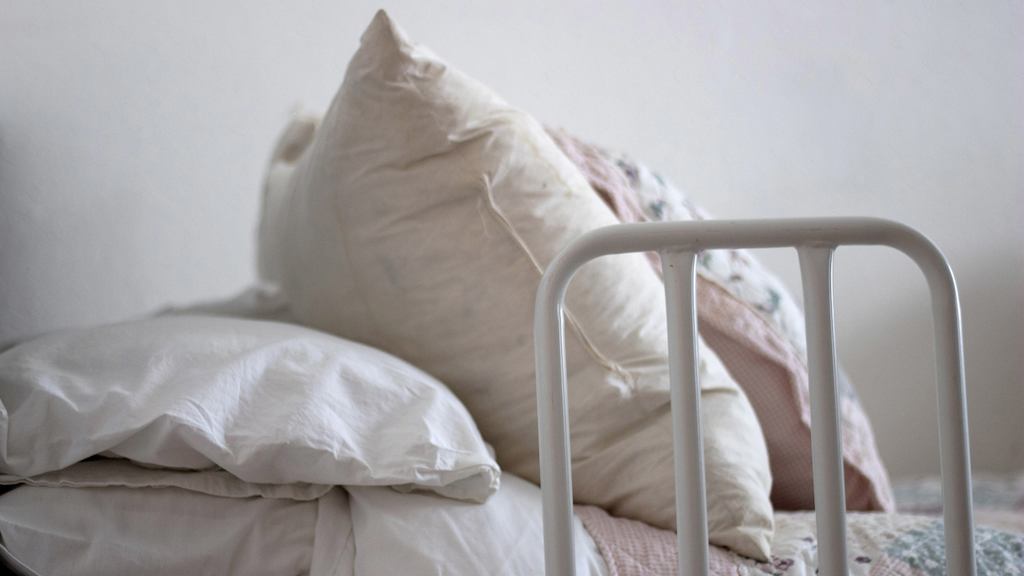[1] Lloyd, J. (2015) Open Plan: Building a strategic policy towards older owners London: Strategic Society Centre
[2] Foundations (2015) Linking Disabled Facilities Grants to Social Care Data
[3] Keall, M. D., Pierse, N., Howden-Chapman, P., Cunningham, C., Cunningham, M., Guria, J., & Baker, M. G. (2015).Home modifications to reduce injuries from falls in the Home Injury Prevention Intervention (HIPI) study: a cluster-randomised controlled trial. The Lancet, 385(9964), 231-238
[4] Heywood, Frances, and Lynn Turner. “Better outcomes, lower costs.” Implications for health and social care budgets of investment in housing adaptations, improvements and equipment: review of the evidence. London: Office for Disability Issues/Department of Work and Pensions (2007)

